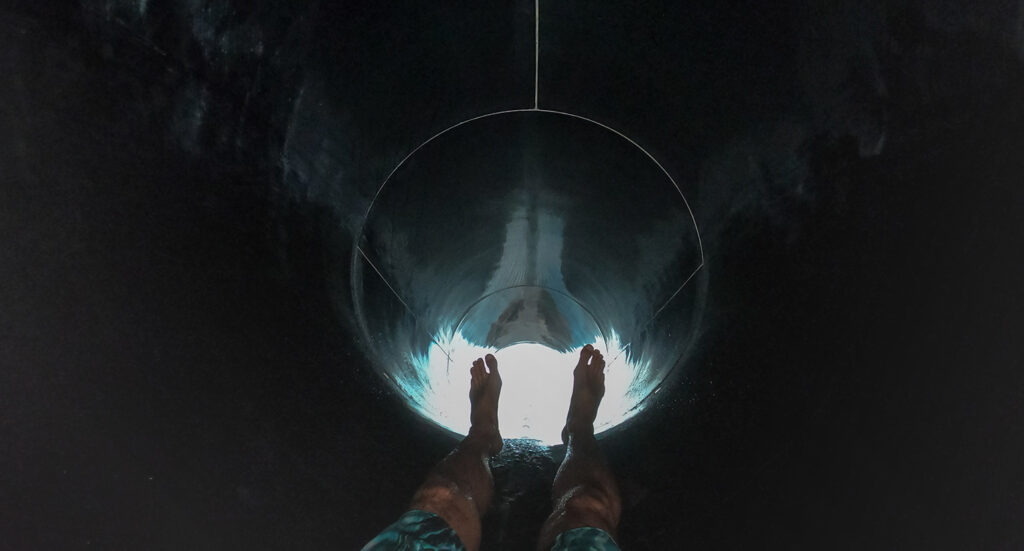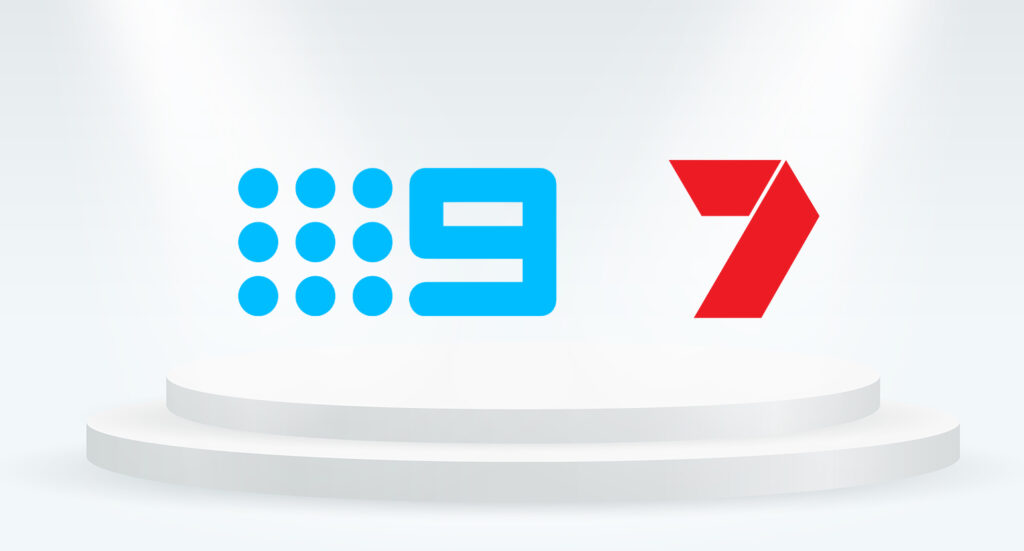It will be no surprise to you, dear reader, that agencies can be self-serving.
Creative agencies want clients to make big ads, digital agencies want clients to build websites or apps and media agencies want clients to spend on programmatic.
I get it, it’s tough out there so agencies are doing anything they can to improve margin.
But that doesn’t excuse ignorance or the misappropriation of long-established marketing principles for personal benefit. With that in mind, it’s time to call out the self-serving bullshit being spruiked by some agencies.
The first cab off the rank is the term “full-funnel”.
The origin of the marketing funnel is often credited to E. St. Elmo Lewis, an American advertising advocate who developed the AIDA model in 1898. AIDA stands for Awareness, Interest, Desire, and Action with the model representing the stages a customer goes through in the buying process.
More recently those excellent humans Binet and Field went deep in their ‘Long and Short of It’ paper outlining the role of media channels and how they contribute to different brand goals. Binet and Field’s research found that mediums like TV, BVOD, radio and outdoor deliver longer-term brand impacts while performance media tactics like SEM and SEO deliver immediate short-term sales but have limited brand impact.
Here’s one of my favourite quotes from their work: “Strategies that maximise short-term volume growth are different from those that minimise price elasticity over the longer term. To achieve both, a balance of brand (long term) and activation (short term) elements are needed, as well as a clear understanding of what constitutes each.”
That “clear understanding of what constitutes each” is key and it’s what defines the stages within the conversion funnel. Brands require a combination of brand-building channels at the top of the funnel (TV, BVOD, radio, OOH) with performance media coming into play as customers work their way further down the funnel.
On that basis, there is no such thing as a full-funnel Meta strategy.
Let’s be clear, Meta is a powerful mid and lower-funnel channel, but it’s rarely a brand builder. Sure, Meta-commissioned research will tell you otherwise. But that’s to be expected.
If Meta tells you a video placement is upper funnel, it doesn’t mean it’s true. (Just like when they told us they didn’t spread misinformation or harm teens, but that’s another story).
Binet and Field also talk about the fact that when consumers are emotionally involved, advertising works harder. When completion rates on Instagram stories are less than 5 per cent, I can promise you, that’s not making an emotional connection.
So when you say in a meeting it’s a “full-funnel Meta strategy” you are either poorly informed, just plain wrong, or trying to direct budget to where it suits your commercial interests. In any of these cases, most importantly, you’re doing your clients a disservice because they might actually believe you.
I love digital media. Some of the things we can achieve with addressability are staggeringly efficient (especially on Meta). But encouraging clients to invest more in Meta over more traditional upper-funnel channels will have a long-term effect and not the one you want it to. Not to mention reports that Meta cost-per-click and cost per 1,000 impressions are up by a factor of three in recent months.
In its Q3 2024 ROI Index, marketing mix model platform Mutinex advises brands to course correct. It notes: “A closer look at channel trends reveals that marketers have been investing heavily in lower funnel channels to capture existing demand – a strategy that has worked in the short term.
“But because budgets are flat, this is coming at the expense of demand creation at the top of the funnel and results are already tapering. With lower funnel investment strategies already showing diminishing returns, brands should seek to rebalance their investment to make the most of underinvested channels at the top of the funnel to drive longer-term results.”
The takeaway here is that “full-funnel Meta strategy” couldn’t be more rubbish if it was stacked in the alley behind my favourite pub.
One of the joys of this business is the constant change and the need to re-evaluate what you think you know. If you’re not sure what upper funnel mediums are, there’s no time like the present to do some reading.
Alternatively, if you disagree, please go on the record and send a rebuttal.




